UC Gardening Blogs
Hurrah for the Red, White and Blue!
It's the Fourth of July, and amid our celebration of the adoption of the Declaration of...
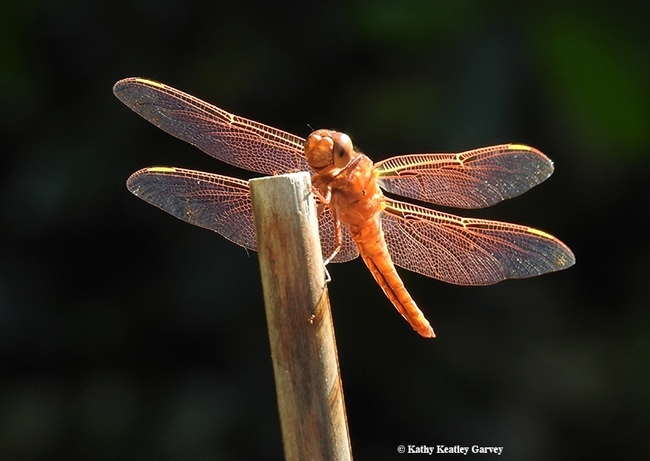
The red: The firecracker red flameskimmer dragonfly, Libellula saturata. (Photo by Kathy Keatley Garvey)
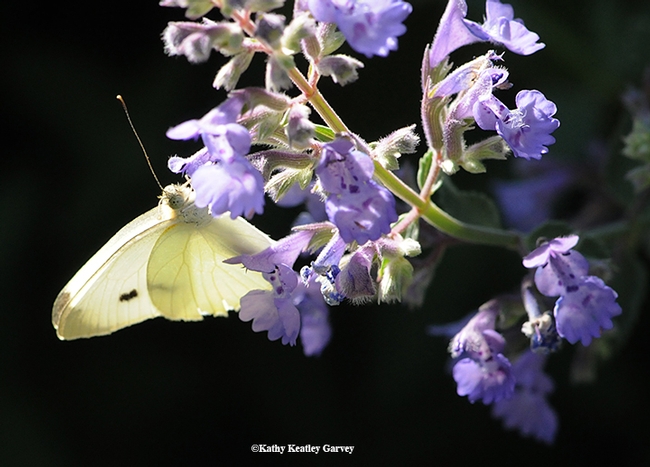
The white: the cabbage white butterfly, Pieris rapae. (Photo by Kathy Keatley Garvey)
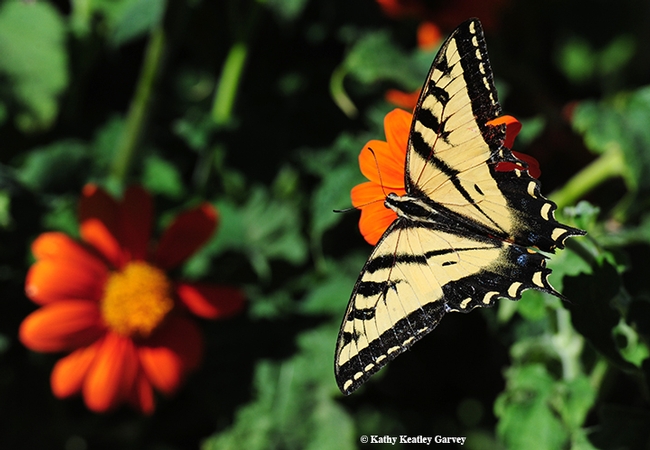
The blue: The blue spots in the tail of the Western tiger swallowtail, Papilio rutulus. (Photo by Kathy Keatley Garvey)
Flies, Maggots and Forensic Entomologists at Bohart Museum on Sunday, July 9
Do you know the importance of maggots? Have you ever wanted to talk to a forensic entomologist?...
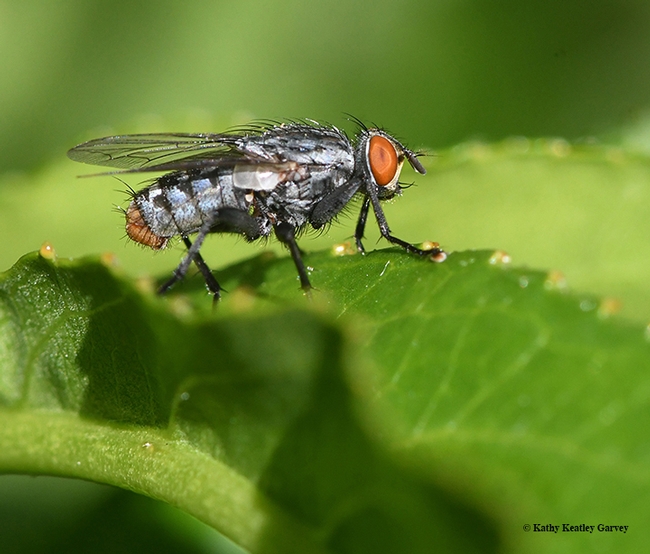
A male flesh fly (Sarcophagidae) "very likely genus Sarcophaga," according to senior insect biosystematist Martin Hauser of of the Plant Pest Diagnostics Branch, California Department of Food and Agriculture. Photo taken on a nectarine plant in Vacaville, Calif. (Photo by Kathy Keatley Garvey)
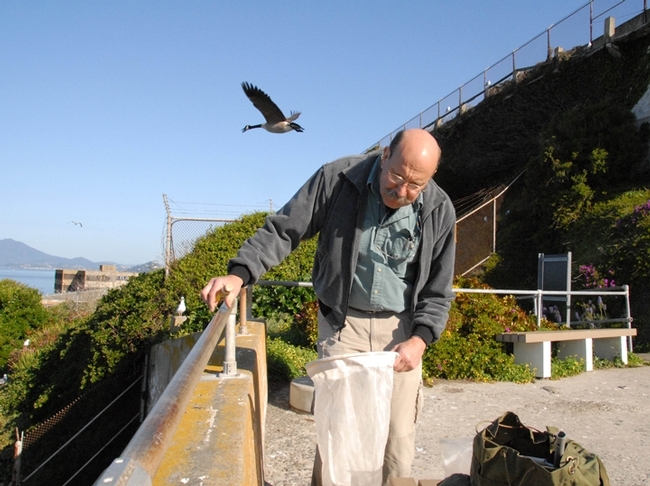
UC Davis forensic entomologist Robert Kimsey collecting flies on Alcatraz Island for a research project. (Photo by Kathy Keatley Garvey)
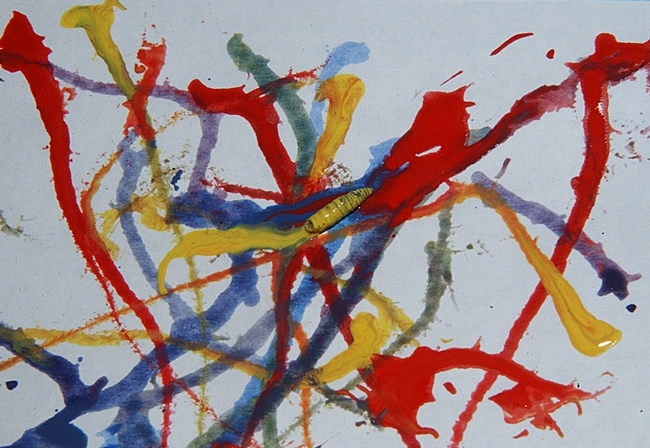
Maggot art is created by dipping a maggot in non-toxic, water-based paint and letting it crawl on canvas (paper). This is a popular activity at the campuswide UC Davis Picnic Day. (Photo by Kathy Keatley Garvey)
The Medfly 'Through the Decades': Tune in to Hear Professor Carey on July 3
Remember when scientists first detected the Mediterranean fruit fly in California? It was the...

Distinguished Professor James R. Carey is known for his outstanding research, outreach and advocacy program involving invasion biology, specifically the Mediterranean Fruit Fly (medfly) and the Light Brown Apple Moth (LBAM). (Photo by Kathy Keatley Garvey)
Planting Design Basics, Part III of IV
Site map and analysis completed, per Part One? Check! Garden style selected, per Part...
Best Sentence Collection: Stings Happen When Bees Are 'Aminated and Antagonistic'
"Killer bees can pursue people for more than a quarter mile when they are animated and antagonistic...
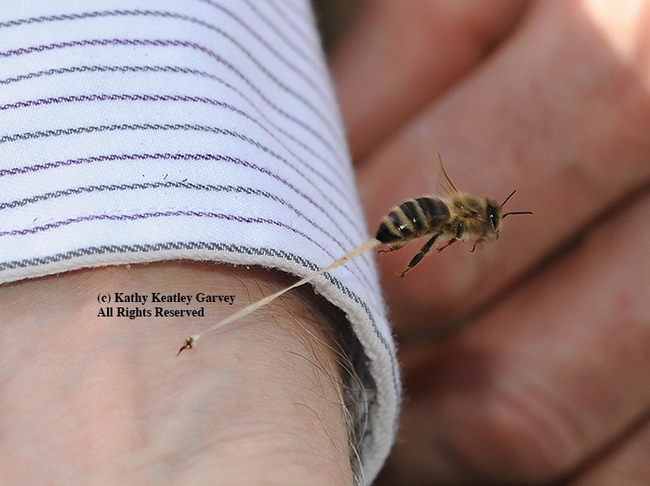
An unusual image of a honey bee sting. Note the stinger embedded in the wrist and the honey bee pulling away, its abdominal tissue trailing. (Photo by Kathy Keatley Garvey)
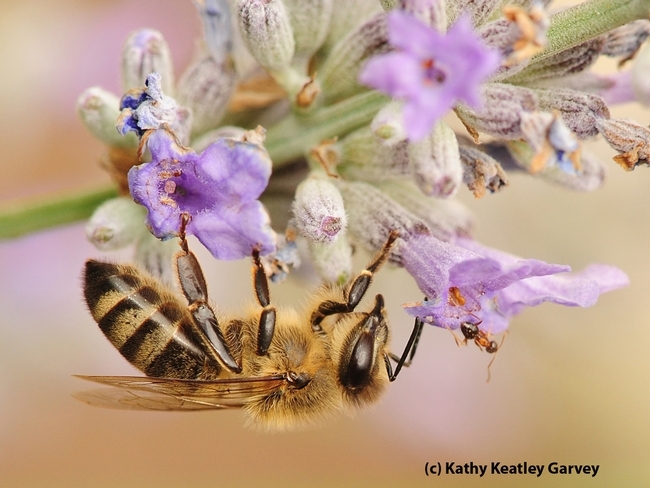
A honey bee encounters a velvetry tree ant. They are foraging on lavender. (Photo by Kathy Keatley Garvey)



